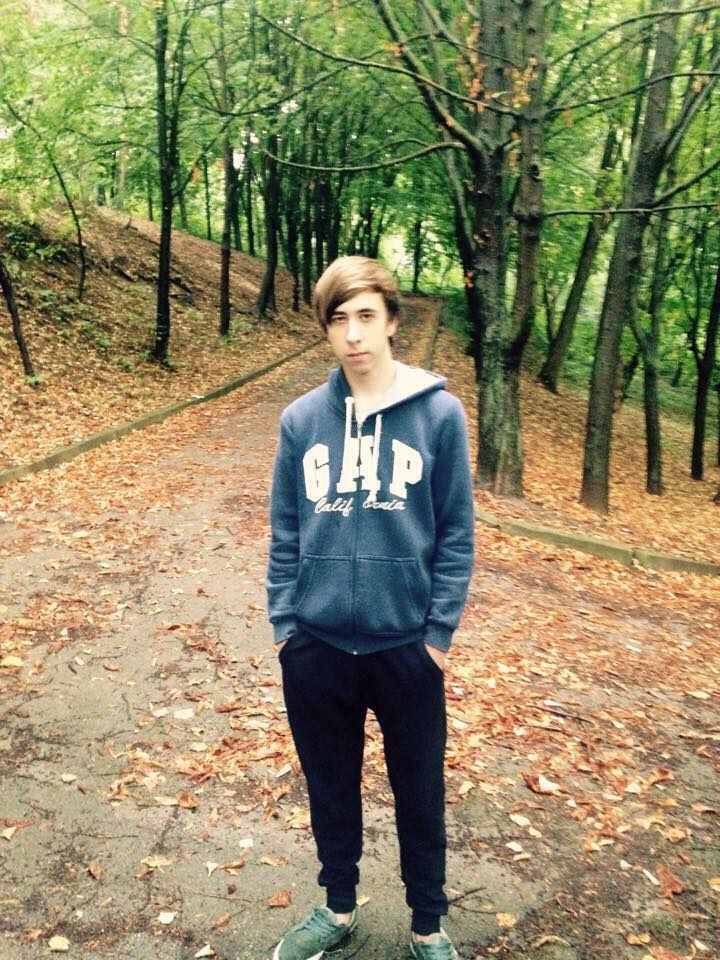Cristi is 16 years old and he is passionate about skateboarding, programming and, surprisingly - poetry. He has just graduated from the Gymnasium no. 53 in Chisinau.

As many other young people in Moldova, during his years in school, he didn’t have any sexuality education. Instead, he joined the peer-to-peer network Y-Peer Moldova, which is supported by UNFPA in providing young people information about their sexual and reproductive health and youth friendly health services.
“I have joined Y-Peer two years ago. My parents were supportive of my decision to join the network, but it wasn’t the case of all the teachers, or some of my friends. Nonetheless, during these two years I have become a national trainer and I had the chance to conduct informational session for young people all over the country”, says Cristi.
There are some 300 Y-Peer educators in Moldova who regularly hold education sessions for young people, teaching them about their bodies and health, including how to keep themselves safe from sexually transmitted infections and avoid unintended pregnancies.
Almost 10 000 young people benefited from the Y-Peer educational activities last year. Are the Y-Peer efforts sufficient to cover the existing need in sexuality education in Moldova?
During a public discussion on sexuality education, organised by the Group for Feminist Initiatives from Moldova, where Cristi was one of the participants, along with UNFPA Representative in Moldova Rita Columbia and the famous Romanian vlogger Adriana Radu, the founder of Sexul versus Barza site, this was one of the issue debated.
In the situation when out of 3.5 million Moldova population, 0.4 million are adolescent girls and boys aged between 10 and 19 years old, the number of teenagers who benefit from Y-Peer activities represents only 2,5%. Moreover, the statistics show a real need for sexuality education in Moldova, since the adolescent pregnancies rates are two times higher than in European countries and the rate of the HIV incidence among young people has almost doubled in last 15 years.
“In order to ensure that the young people stay happy and healthy and continue to fulfil their dreams in life, without being interrupted by something like adolescent pregnancies, or some other incidents, we really need to ensure that all of them, without exception, have access to sexuality education, so that they have information, education and skills in live to take responsible decisions”, said Rita Columbia, the UNFPA Representative in Moldova.
But who should do it? The parents? The schools? The community? The Y-Peers? The conclusion of the debate was that there has to be a joint effort.
“Those young people who understand the importance of the sexuality education should speak up and start build a network of advocates. I really hope that we can unite our voices and create the demand for sexuality education from bottom to top,” underlined Rita Columbia.
The sexuality education is not the final goal in itself, it’s an effective tool, which ensures the teenagers stay healthy, have the necessary information about their health, including their sexual and reproductive health, and are empowered to make smart decisions in live. And since the wellbeing of young people is in everybody’s interest, young people themselves, the Government and the civil society organisations, there should be a joint effort in ensuring the access of young people to sexuality education.
To see the full discussion click on the photo:

